Aviation Training Consultants: 800-874-5346
A commercial pilot certificate allows you to fly for compensation or hire, whether it be transporting people or cargo. Aside from flying for an airline or cargo company, many commercial pilots pursue careers as flight instructors, charter pilots, or within corporate flight operations. If that’s your goal, Gleim can help you achieve it!
If you have 250 or more hours of flight time, consider obtaining a commercial pilot certificate. Not only does it give you the opportunity to earn an income while you fly, but it also sharpens your flying skills to meet the stringent commercial standards, including maintaining an altitude within 50 feet. With Gleim’s comprehensive commercial pilot training courses, you can be confident in your abilities to succeed in any commercial aviation career path you choose.
In order to qualify for the commercial pilot certificate, pilots must:
Fast track becoming a commercial pilot by passing the FAA knowledge test prior to completing your flight training. Gleim offers a variety of commercial pilot training materials including all-inclusive pilot kits, online courses, and books.
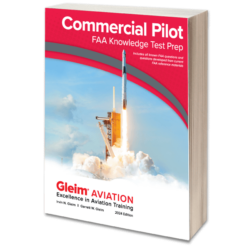
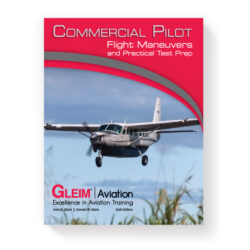
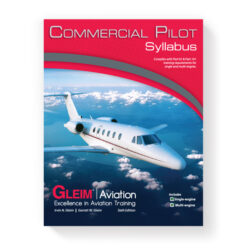
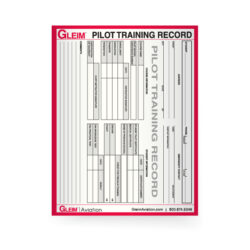

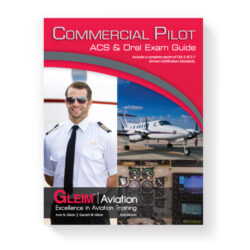
I passed my checkrides and written tests thanks to, in no small part, Gleim’s detailed study material and test preparation guides. I am now a CSEL, CMEL, CFI, CFII, AGI, IGI. I do not envision ATP or Part 135 in my future, but if I do need one of them, I will be using Gleim.
Thank you for the past years of service!